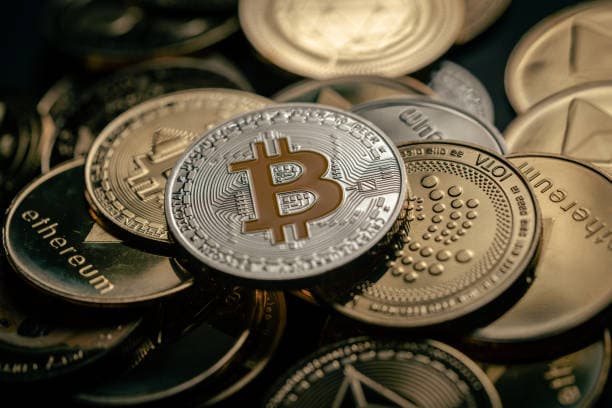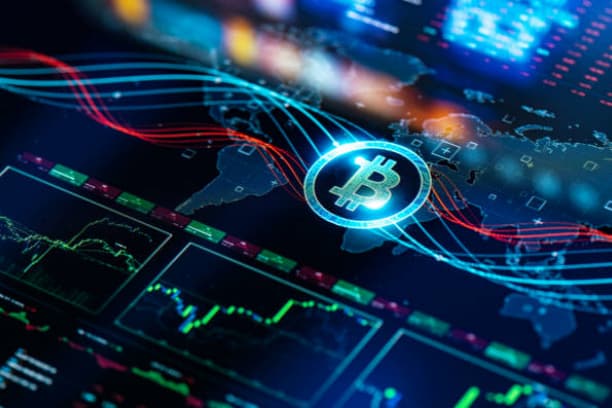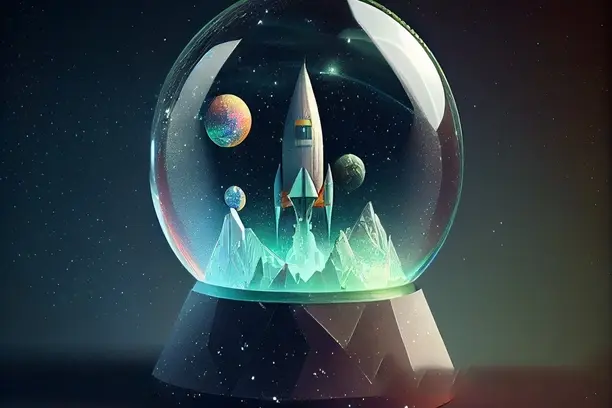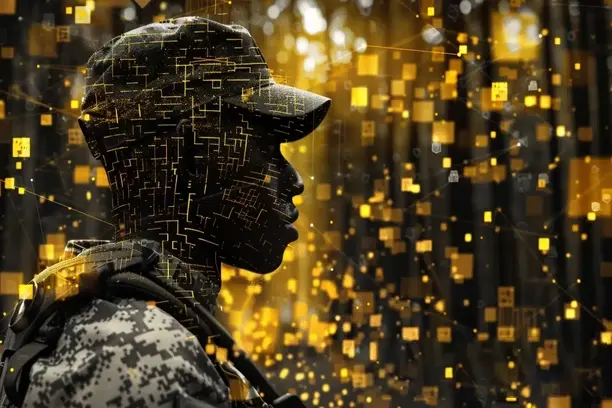With the development of Web3 technology, Web3 games are gradually emerging as an important part of the cryptocurrency field.Web3 games not only introduce decentralized elements in gameplay, but also bring a new way of virtual asset ownership, economic system and player interaction through blockchain technology. This article will delve into the innovative highlights of Web3 games, help you understand its unique features and potential, and provide reference for future trends.

Core features of Web3 games
The biggest innovation of Web3 Games is that it is based on blockchain technology, which changes the operation and economic model of traditional games. While traditional games are usually controlled by centralized companies, Web3 Games gives players more control and economic benefits through a decentralized blockchain platform. Here are some of the key features of Web3 Games:
- True ownership of virtual assets
In Web3 games, players have true ownership of in-game items through blockchain technology. This means that equipment, characters and other digital assets in the game are no longer controlled by the game company, but are stored on the blockchain and can be freely traded or transferred by players. - Decentralized Gaming Economy
Web3 games usually establish an economic system through a decentralized approach, where players can not only earn rewards for playing the game, but also make transactions and even participate in governance decisions through the blockchain platform. For example, some Web3 games support players to influence rule changes in the game by holding and using game tokens. - Play-to-Earn (Play and Earn) Model
While traditional games tend to cost players only time and money, Web3 games allow players to earn cryptocurrency or digital assets in-game through the Play-to-Earn mechanism. These earnings are not limited to in-game, but can also be converted into real-world value, driving the economization of the game and long-term player engagement. - Combination of Smart Contracts and NFT
Smart contracts and NFT (non-homogenized token) technology are often used in Web3 games to ensure the uniqueness and tradability of in-game items. Each NFT represents a unique in-game item that players can buy, sell, or otherwise trade, which energizes the game's economy like never before.
Innovative highlights of Web3 games
Web3 games not only change the way players interact with games, but also provide developers with a whole new space to create and monetize. Here are a few innovative highlights of Web3 games:
1. Decentralized governance
Web3 games allow players to participate in the governance of the game, forming a decentralized decision-making mechanism. In traditional games, players' feedback and suggestions can often only be reflected indirectly through the game company, while Web3 games allow players to directly participate in game updates, rule adjustments and other decisions through mechanisms such as DAO (Decentralized Autonomous Organization). This mechanism not only improves players' participation, but also makes the game more in line with players' needs.
2. User-generated content and economy
Web3 games allow players to generate their own game content, including maps, skins, characters, and more. This content can be sold or exchanged through NFT, resulting in a player-created economy. This not only allows players to gain revenue, but also promotes diversity and richness in the game ecosystem.
3. Long-term value and asset appreciation
Since the assets in Web3 games are based on blockchain technology, the items, characters and tokens owned by players have long-term value. Especially in popular games, rare NFTs owned by early investors or players can appreciate in value as the game grows, and Web3's "Play-to-Earn" model allows players to enjoy the game while realizing profits through asset appreciation.
4. Cross-game ecosystems
Another highlight of Web3 games is cross-game interoperability. Through blockchain technology, players' virtual assets can flow between different games. For example, a player's character skin or equipment obtained in one Web3 game may continue to be used in another Web3 game. The construction of this cross-game ecosystem not only enhances players' gaming experience, but also promotes the integration of virtual worlds.
Potential Challenges and Trends of Web3 Games
Despite the many innovative highlights of Web3 games, they still face many challenges in practice. The following are potential difficulties and future trends in the development of Web3 games:
1. Technology and user experience
Currently, the technology of Web3 games is still evolving, and many players are not familiar with the understanding and operation of blockchain technology. Technical challenges such as the smoothness of the game, the friendliness of the user interface, and wallet operation are still important factors restricting the popularity of Web3 games. In the future, with the continuous iteration and optimization of technology, the user experience of Web3 games will continue to improve.

2. Regulatory and compliance issues
As Web3 games involve cryptocurrencies and virtual assets, the regulatory policies of many countries and regions are still unclear. How to ensure that the transactions and asset flows in the game comply with the laws and regulations of each place has become an important issue for the future development of Web3 Games. With the gradual improvement of digital currency regulatory policies around the world, the compliance issue of Web3 Games will be solved.
3. Market competition and innovation
With the explosion of Web3 games, the competition in the market is getting more and more intense. How to stand out from the crowd of competitors by offering unique gameplay and a more attractive economic model is what game developers need to think about. Innovation is not only in gameplay, but also how to build a fairer and more transparent economic system that benefits both players and developers.
summarize
As an emerging form of gaming, Web3 games, with decentralized features and the empowerment of blockchain technology, provide players and developers with a brand new way of interaction and economic model. Innovative highlights such as true ownership of virtual assets, decentralized governance, and Play-to-Earn model have enabled Web3 games to gradually take their place in the gaming industry. Despite the challenges of technology, regulations and market competition, the future of Web3 games is still full of potential and deserves our continued attention and exploration.







